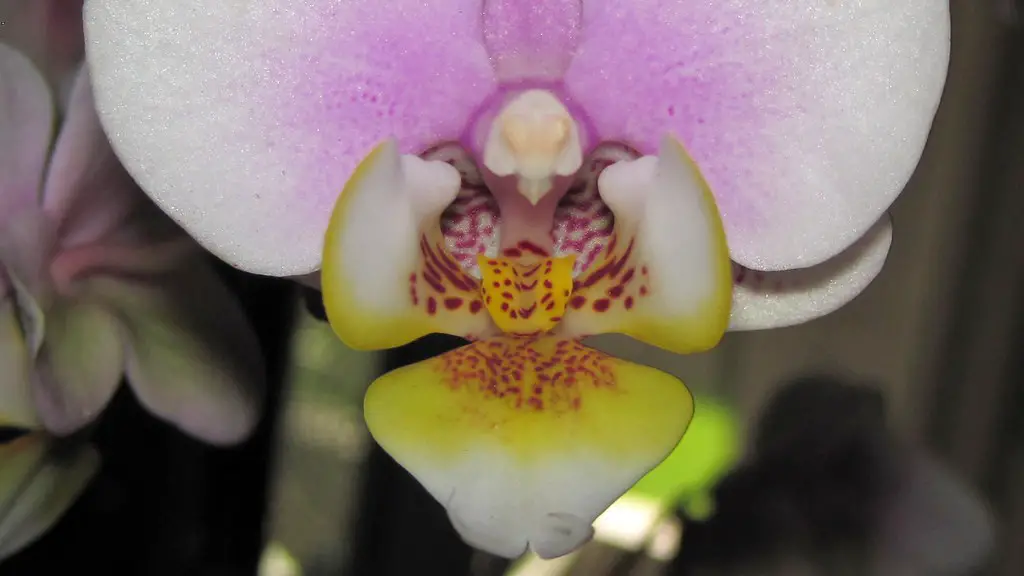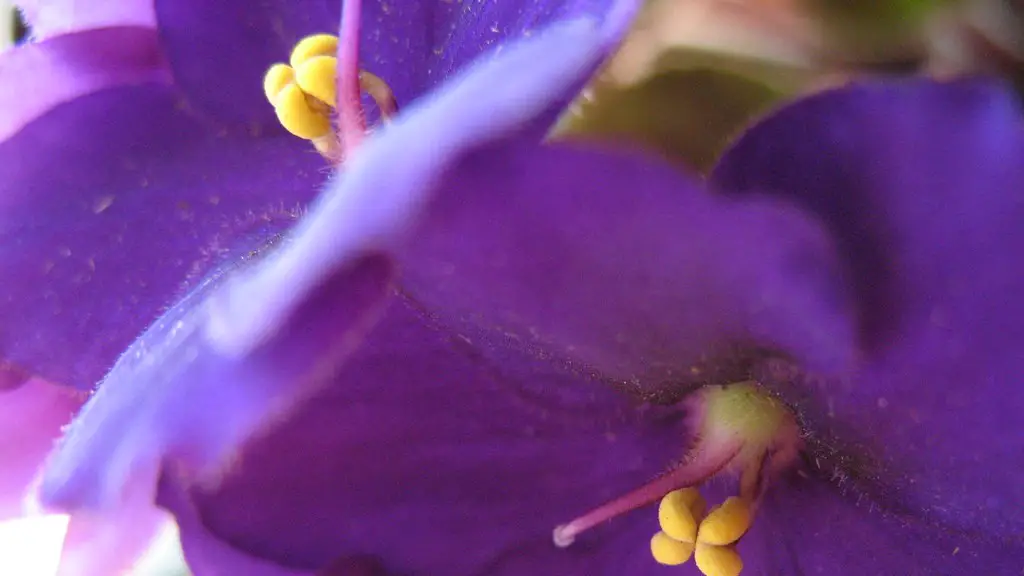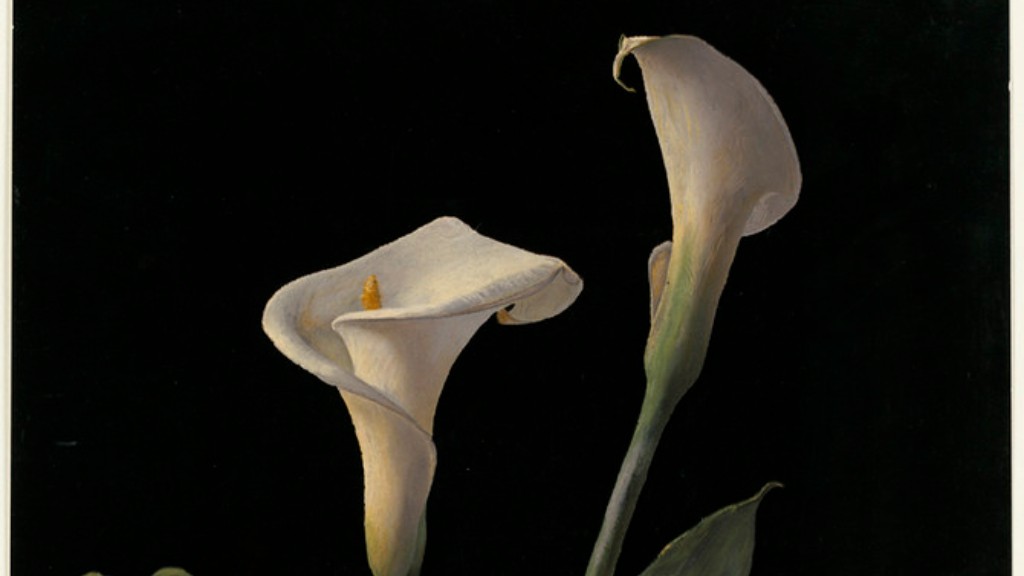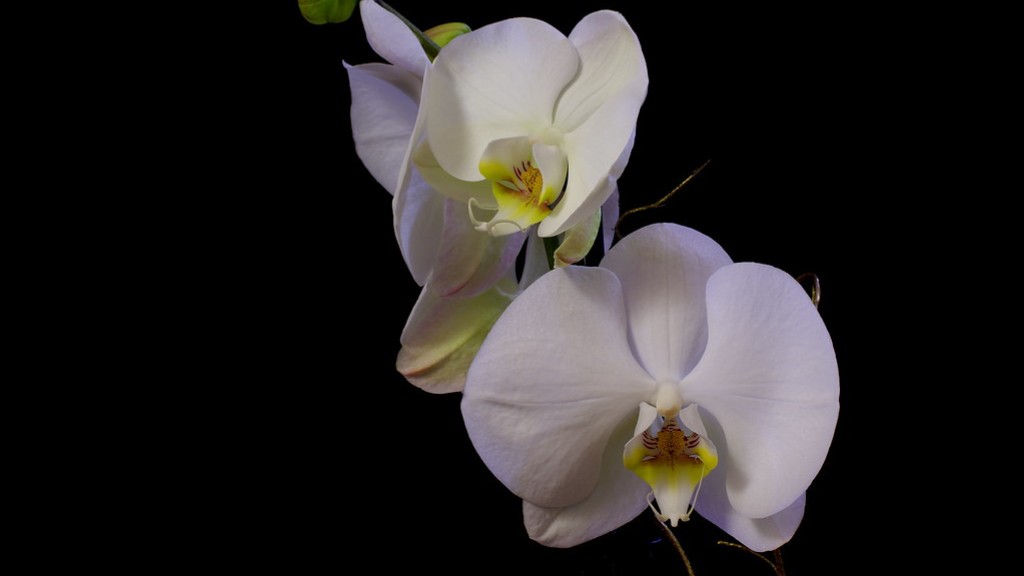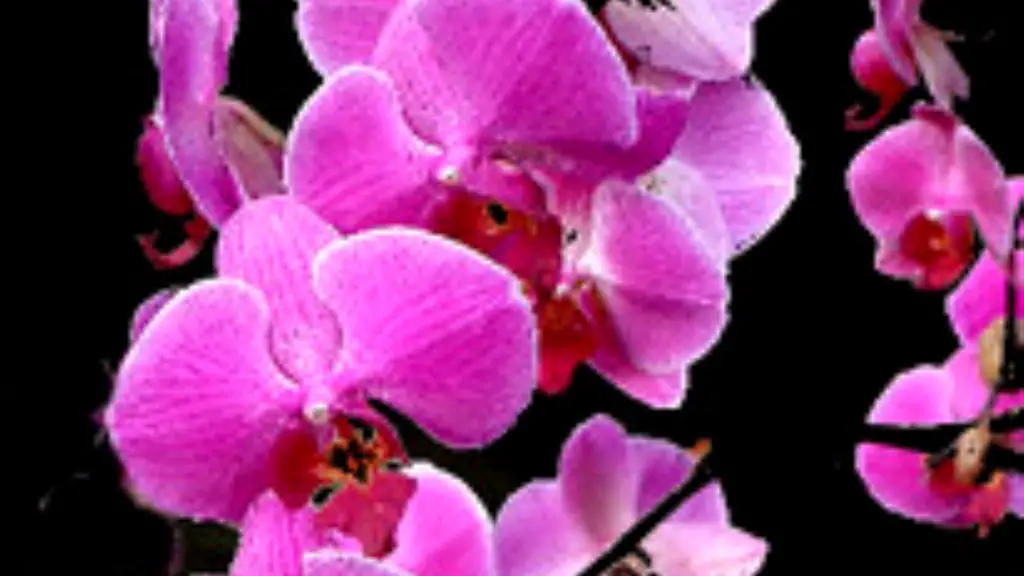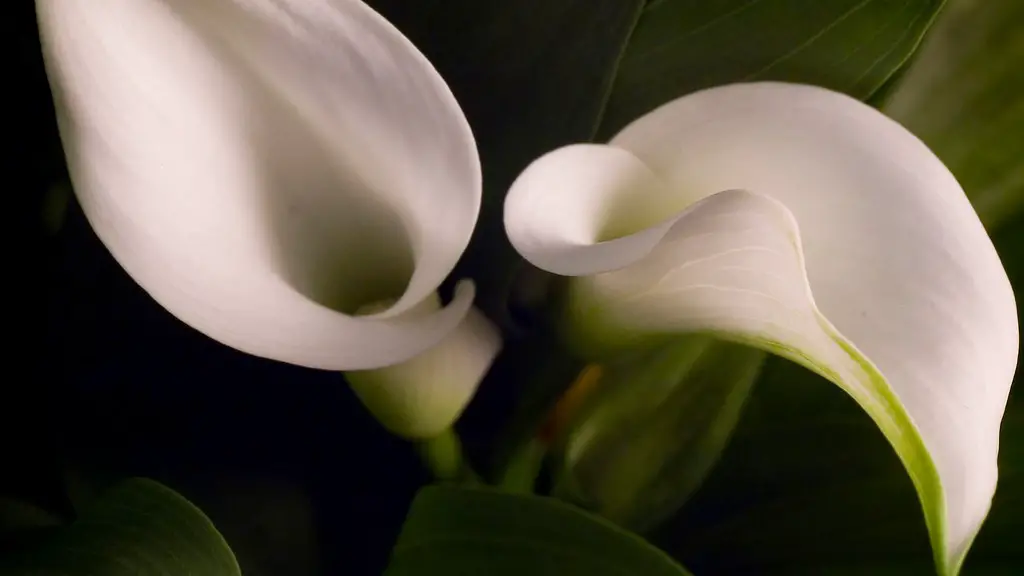Orchids are one of the most popular flowers in the world, and the Phalaenopsis orchid is one of the most popular type of orchids. They are often called “moth orchids” because their blooms look like moths in flight. Phalaenopsis orchids are native to tropical and subtropical areas, and they thrive in warm, humid conditions. If you live in an area with these conditions, you can grow Phalaenopsis orchids successfully outdoors. However, most people grow them indoors, where they can be easily controlled.
To care for your Phalaenopsis orchid, water it about once a week, using room-temperature water. Let the orchid dry out for a few hours before watering it again. fertilize it every other week using a weak fertilizer solution. The Phalaenopsis orchid prefers a humid environment, so mist it lightly with water every day.
How do you keep Phalaenopsis orchids blooming?
Orchids of the phalaenopsis variety are unique in that they thrive in indirect sunlight as opposed to direct light. Water these plants every 7-10 days and place them in typical household temperatures. Fertilize monthly and raise the humidity. Trim faded flower stalks as needed.
After the flowers drop from the orchid you have three choices: leave the flower spike (or stem) intact, cut it back to a node, or remove it entirely. Remove the flower spike entirely by clipping it off at the base of the plant. This is definitely the route to take if the existing stem starts to turn brown or yellow.
How often should I water my Phalaenopsis orchid
If your phal is potted in bark, watering once a week is generally sufficient. If your plant is potted in moss, water when the top feels dry. The amount of light and heat your plant receives will also affect how soon your phal needs watering. Summer months will need more frequent watering, winter will need less.
Phalaenopsis orchids are some of the longest blooming flowers, with a blooming period lasting 2-6 months. They can also bloom multiple times a year, making them a great option for those looking for long-lasting or frequent blooms.
Should I mist my Phalaenopsis orchid?
Orchids need humidity to thrive, and the best way to provide it is by misting them with a spray bottle. Misting not only raises the humidity around the plant, it also cools the leaves and provides essential moisture.
Most phalaenopsis species are native to areas close to the Equator and do not need a specific photoperiod to induce flowering. Instead, it is the low temperature that triggers phalaenopsis to start the flowering process.
How do you make an orchid grow a new spike?
Orchids are a beautiful and popular flower, but they can be finicky to care for. One way to encourage new growth and flowers on an orchid is to place it in a cooler location. This could mean moving it away from a window or heater, or even setting the thermostat a few degrees lower at night. The best time to do this is in the winter, when homes are typically cooler overall. With a little extra care, you can enjoy new flowers on your orchid all year long!
Orchids need to be watered regularly, but allowed to dry out completely between waterings. They also prefer a humid environment, so a room with 50-70% humidity is ideal. Fertilize your orchids weekly if there are new growths, but taper off as the plant matures.
What month do orchids lose their flowers
Our Phalaenopsis orchids are in full bloom right now and they are absolutely beautiful! However, we know that they will eventually lose their blooms and go out of bloom. The ideal time to repot orchids is when they go out of bloom and Phalaenopsis is no exception. We will be sure to repot our orchids when they go out of bloom so that they can continue to thrive and bloom beautifully for many years to come!
Orchids are a beautiful, but finicky, flower. They require a delicate balance of light, water, and air to thrive. If you want to display your orchids in a way that is both aesthetically pleasing and functional, try setting them on top of pebbles in a water-filled tray. The water will evaporate and humidify the air around the plant, creating the perfect environment for your orchid to thrive.
Can I water my orchid with tap water?
When watering an orchid plant, you should not use softened water. Softened water contains salts that may damage the plant. Most chlorinated tap water can be used as long as the chlorine isn’t excessive; however, watering orchids with collected rain or distilled water from the store is best.
It is important to make sure that your orchid is receiving the correct amount of water. You will know that your orchid is receiving just enough water if the leaves are shiny and firm and the roots are firm and green. If the orchid is receiving too little water, the roots will become dark and dry. If the orchid is receiving too much water, the roots will become yellow, brown or hollow/flat.
What to do when Phalaenopsis stops blooming
Cutting back the stem of a plant to the nearest bud is a process that can stimulate the production of another flower stem over a period of time. This is an effective way to encourage the growth of new flowers on a plant.
A phalaenopsis orchid can typically bloom for several months at a time, and can be pollinated again during this period. It usually takes 9 to 14 months for an orchid to complete a life cycle, but if it does not die, it can typically re-bloom once every 8 to 12 months.
Do Phalaenopsis orchids need to be repotted?
The potting medium of a Phalaenopsis orchid should be inspected periodically. If the texture of the potting medium is coarse or the potting medium is breaking down, it is time to repot the orchid.
The ideal spot for growing orchids is either south or east-facing windows. Usually west windows are too hot while northern windows are too dark. Placing orchids under artificial lights is the last resort if you can’t find a good location to grow your orchids.
How long should I soak my Phalaenopsis orchid
Orchids like to be soaked for about 10 minutes in order to saturate their roots. After soaking, make sure to allow the water to drain out completely. Uneven watering can result in shallow or uneven root growth. After watering your orchid, feel the weight of the container; it will be heavy.
It is best to water orchids by soaking the plant in a bowl of water once every week or two. This allows the moss to dry out in between watering, which prevents the plant from rotting.
Conclusion
Phalaenopsis orchids are one of the most popular types of orchids, and they are also one of the easiest to care for. Here are some tips on how to care for your phalaenopsis orchid:
– Water your orchid once a week, using room-temperature water.
– fertilize your orchid every two weeks using a light fertilizer.
– Keep your orchid in a bright, but not direct, location.
– Allow the potting mix to dry out somewhat between watering.
– If your orchid starts to bloom, do not water it for the first week after the flowers open.
With proper care, a Phalaenopsis orchid can bloom for several months. Here are some tips on how to care for your orchid:
-Water your orchid weekly, making sure to
-fertilize monthly with a balanced fertilizer
-provide bright, indirect light
-keep the temperature between 65 and 80 degrees Fahrenheit
-humidity around 50%
By following these tips, you will be sure to have a beautiful, long-lasting Phalaenopsis orchid.
